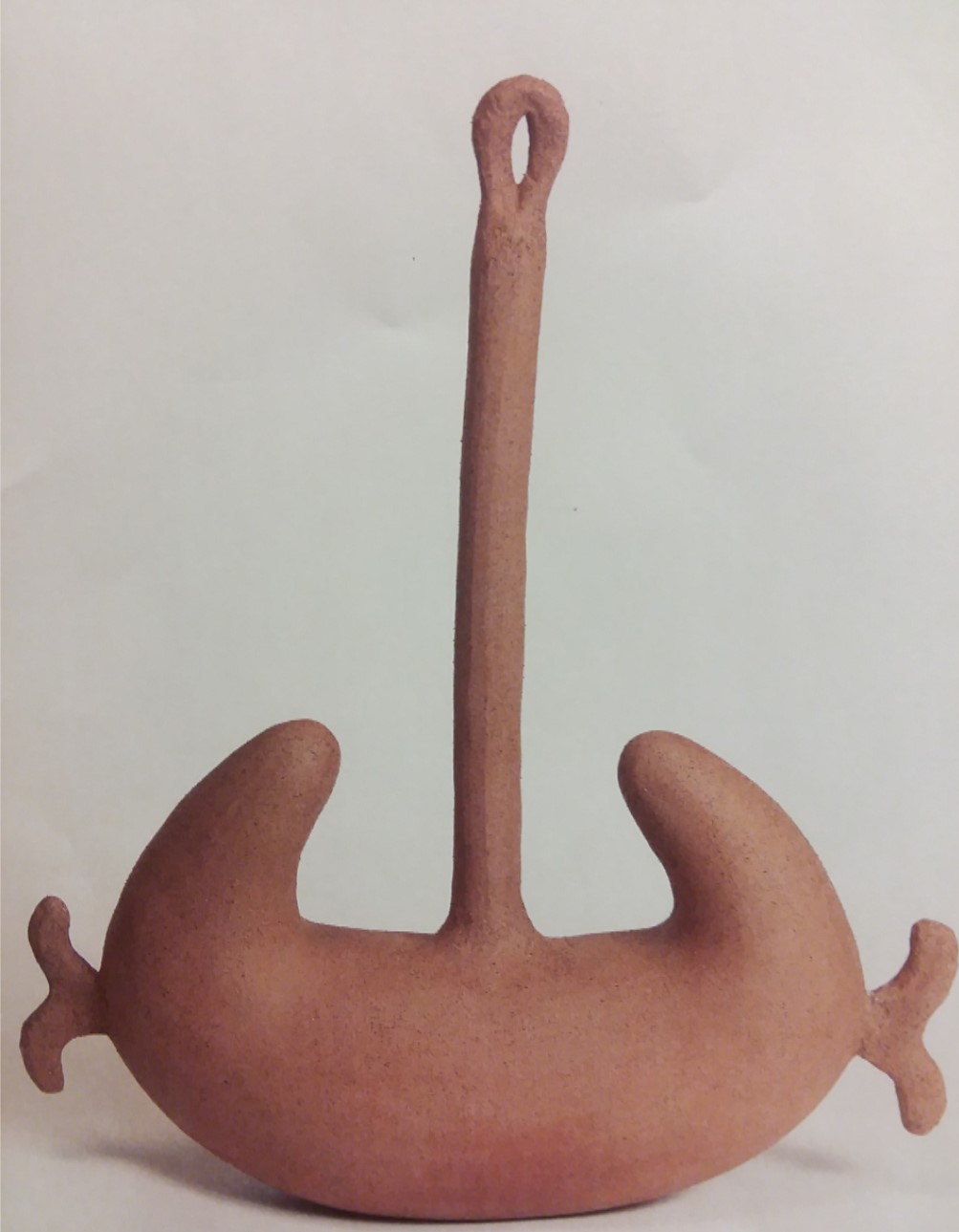
The Puzzling College Application Process
The wave of regular applications is over and the transfer students are close to follow. During the next three months colleges and universities will be veraciously reading applications and determining who the next generation of students will be to represent their institutions. When the final words are typed and the applications are submitted there can be a strong sense of relief, followed by an even stronger anxiety. Once that application is sent, the applicant has done all they can, and the decision is in the hands of the school. Every student wants to be as competitive as possible and as attractive to the school as possible; however, are transfer students at a disadvantage from the moment they submit their applications?
Colleges are continuing to see an increase in applicants. A 2014 survey done by the National Association for College Admission Counseling, determined that during 10 of the past 15 years, colleges have reported a 70 percent increase in student applicants. Given the increase, colleges are recognizing the changing body of undergraduate admissions. Many institutions are now reaching out beyond the usual pool of students and finding ways to develop relationships with community college transfer students.
In a 2013 NACAC survey, 80 percent of colleges reported community college partnerships. Seventy percent of colleges reported attending recruitment events on community college campuses and only two percent expected recruitment of community college applicants to become less important, while 58 percent expect an increase in recruiting efforts over the next five years.
The bottom line is that colleges are looking for transfer students. However, being a community college student surrounded by college applicants working towards the same goal can be overwhelming. The question on many students’ minds is, “How can I stand out from the rest?” The NACAC has continued to report that grades and the academic rigor of a student’s courses are the most important factors in the admission process. Standardized test scores, high school class rank, and the applicant’s demonstrated interest in attending the school follow. Knowing the statistics and understanding what colleges claim to be the most important factors, can only take one so far. In the end, students need resources to help them navigate this incredibly difficult and complicated process.
At PVCC there are two academic advisors whose roles are specifically oriented towards transfer advising. Kemper Steele is the transfer advisor associated with UVA, and Kristen Greer is the other advisor who experienced the process first hand when she transferred from PVCC to UVA to earn her bachelor’s degree. They are available for all enrolled students and can help with many of the anxieties and questions a transfer student may have.
Greer said, “I think the biggest thing with students is when they come in, you don’t necessarily have to have a plan, but an end game, knowing you want a bachelors degree, of course, or if you have a major we can help you with that. If you are unsure, being willing to come talk to someone, to figure out, maybe you know what the right school might be; what the best fit is.”
Communication is key. An application is often very impersonal and may not give the school an accurate understanding of who their applicants are. Effective communication can show the school that the applicant is more than a name on a piece of paper. They are a person, and better yet, someone who has actively taken the time to reach out and show an interest in the school they wish to attend. To Greer, being happy is the number one goal for a student making their decision. Greer strongly advised visiting the school one is applying to, rather than making a decision based on its website or application.
Greer said, “Visiting is huge; no one visits. I think it is really important to go there not just on spring break, not just over winter break or over the summer; you have to go when class is in session. If you go to Tech for a day, what does being around more than 30 thousand students feel like. That’s very different than Piedmont.”
It can often feel as though the school an applicant is applying to, is looking for reasons not to accept them, however it is quite the opposite. Colleges are actively searching for students who fit their institution and applicants are looking for the right institution that fits them; it is a relationship of puzzle pieces, and hopefully each element finds their match.





